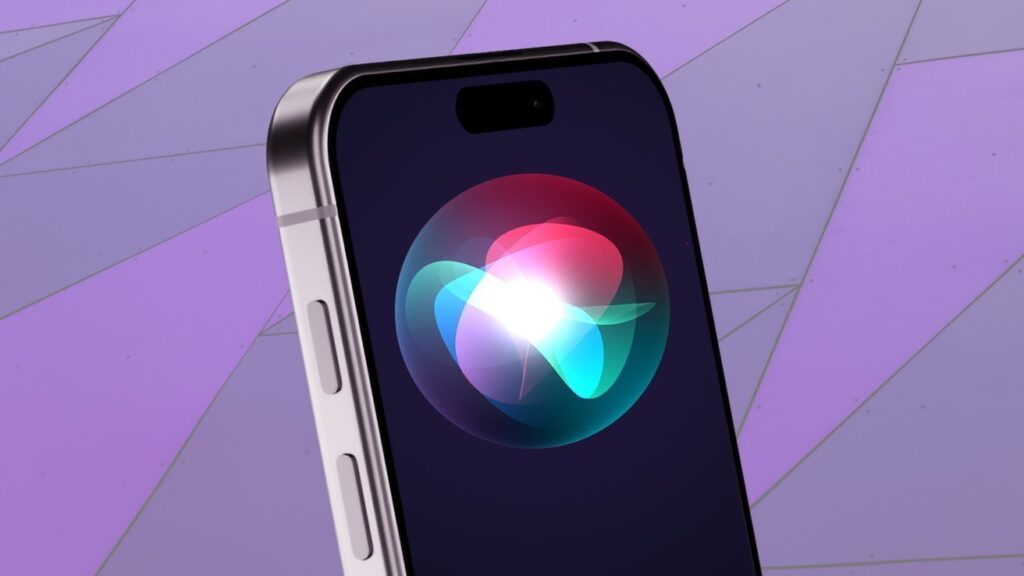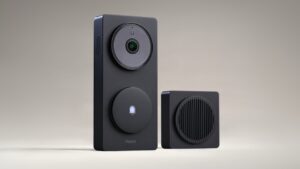

Potential members of a class-action lawsuit are being told to apply for their share of a now-approved $95 million settlement, if they owned a device with Siri that could’ve recorded a private conversation.
Siri was the target of a privacy lawsuit.
Emails are being sent out to consumers about a “Lopez Voice Assistant Class Action Settlement,” explaining that the recipient could be owed some money. Following after the agreement by Apple to settle a class-action lawsuit, the time has now come for payments to be made.
The email, seen by AppleInsider, advises that the recipient is identified as potentially being a member of the settlement class, based on Apple’s records, and could be entitled to receive the patent.
Continue Reading on AppleInsider | Discuss on our Forums





